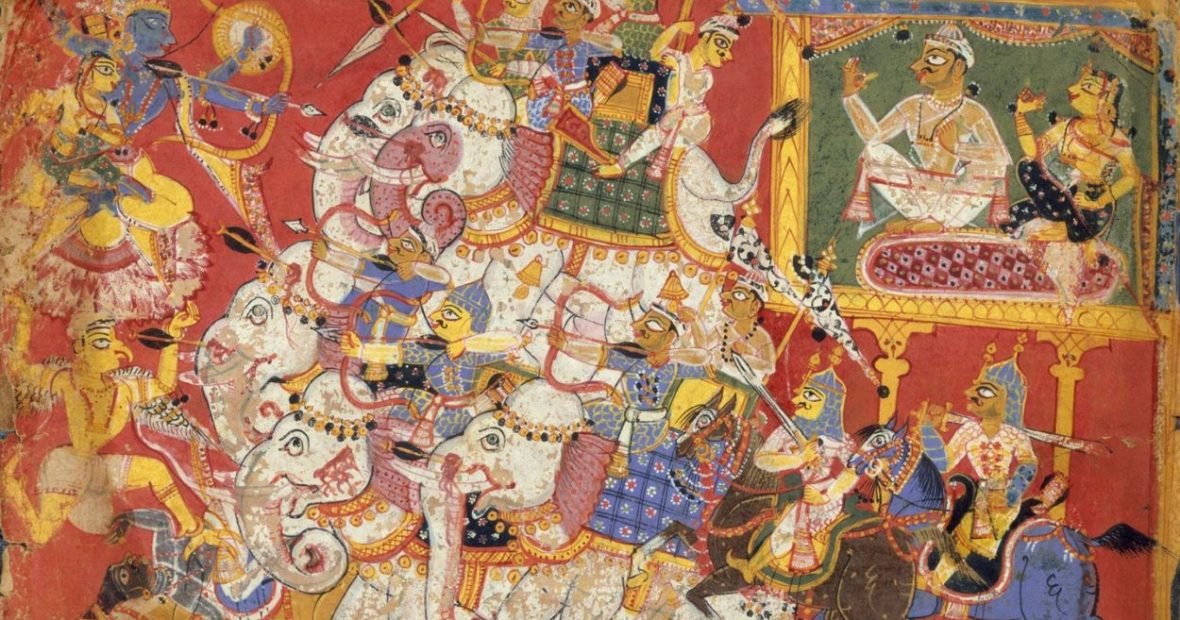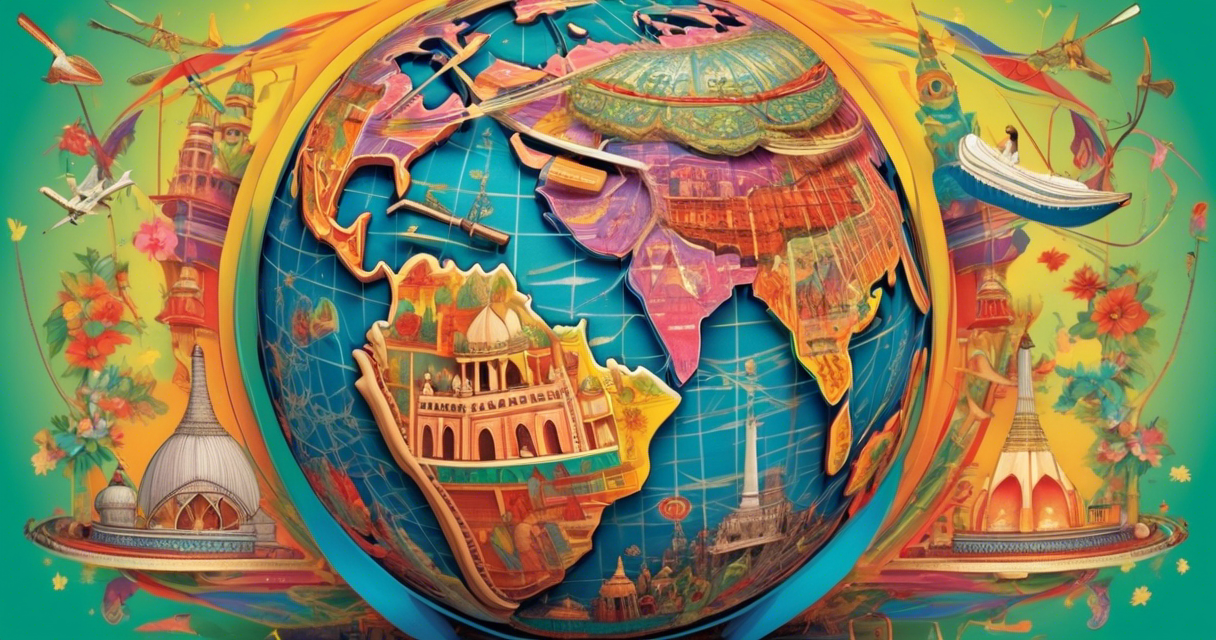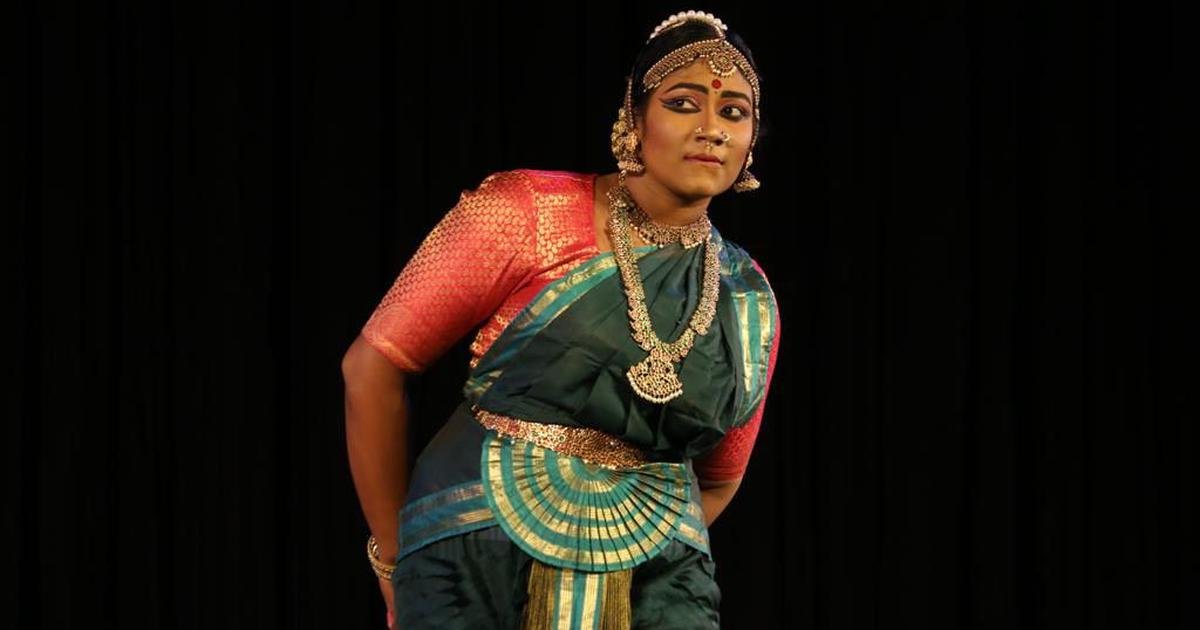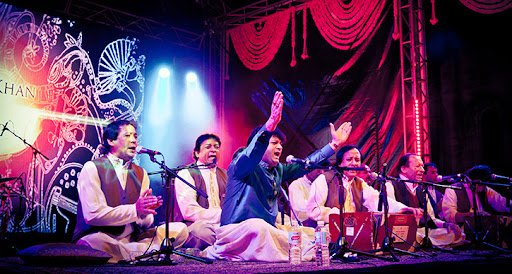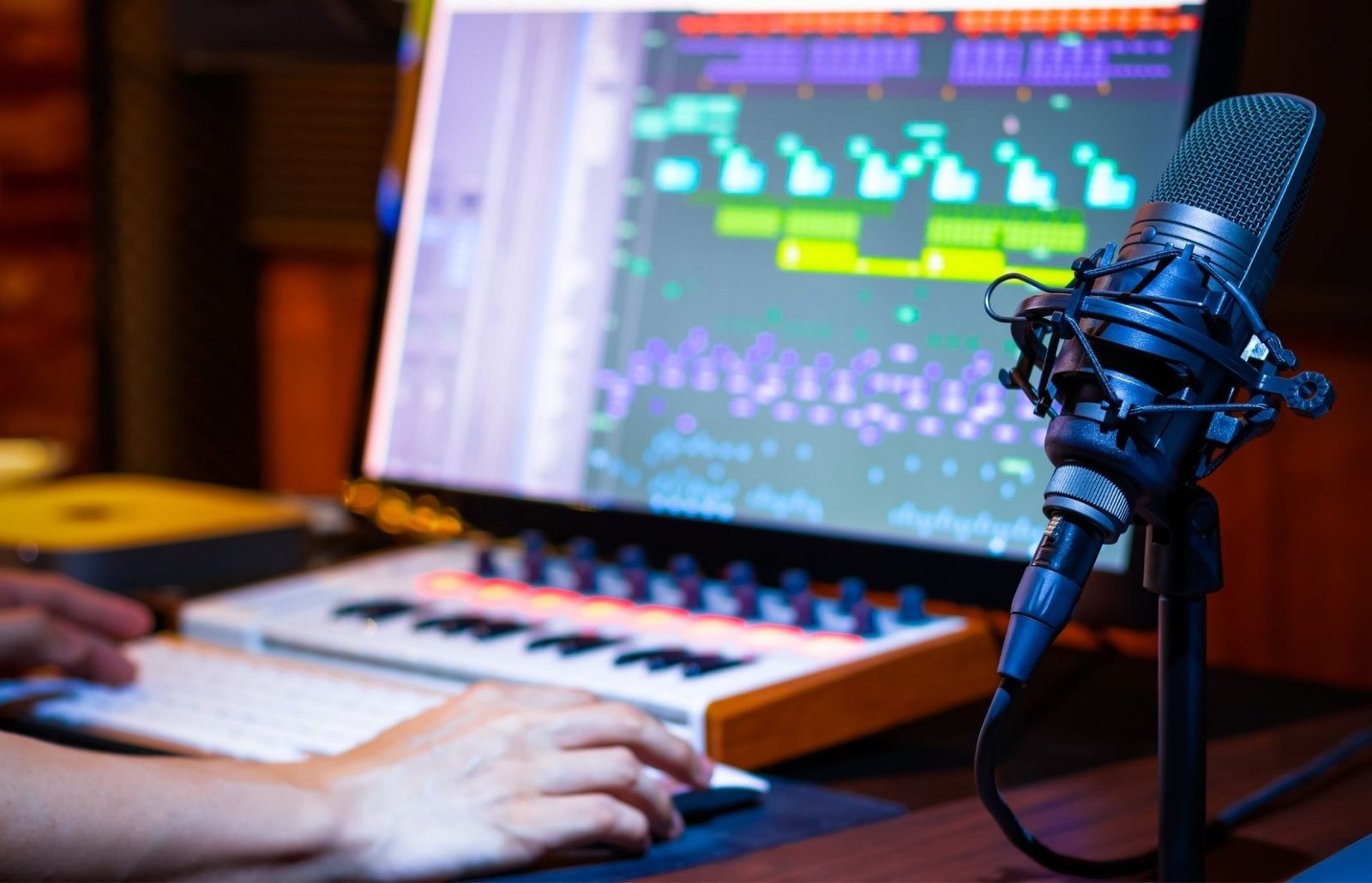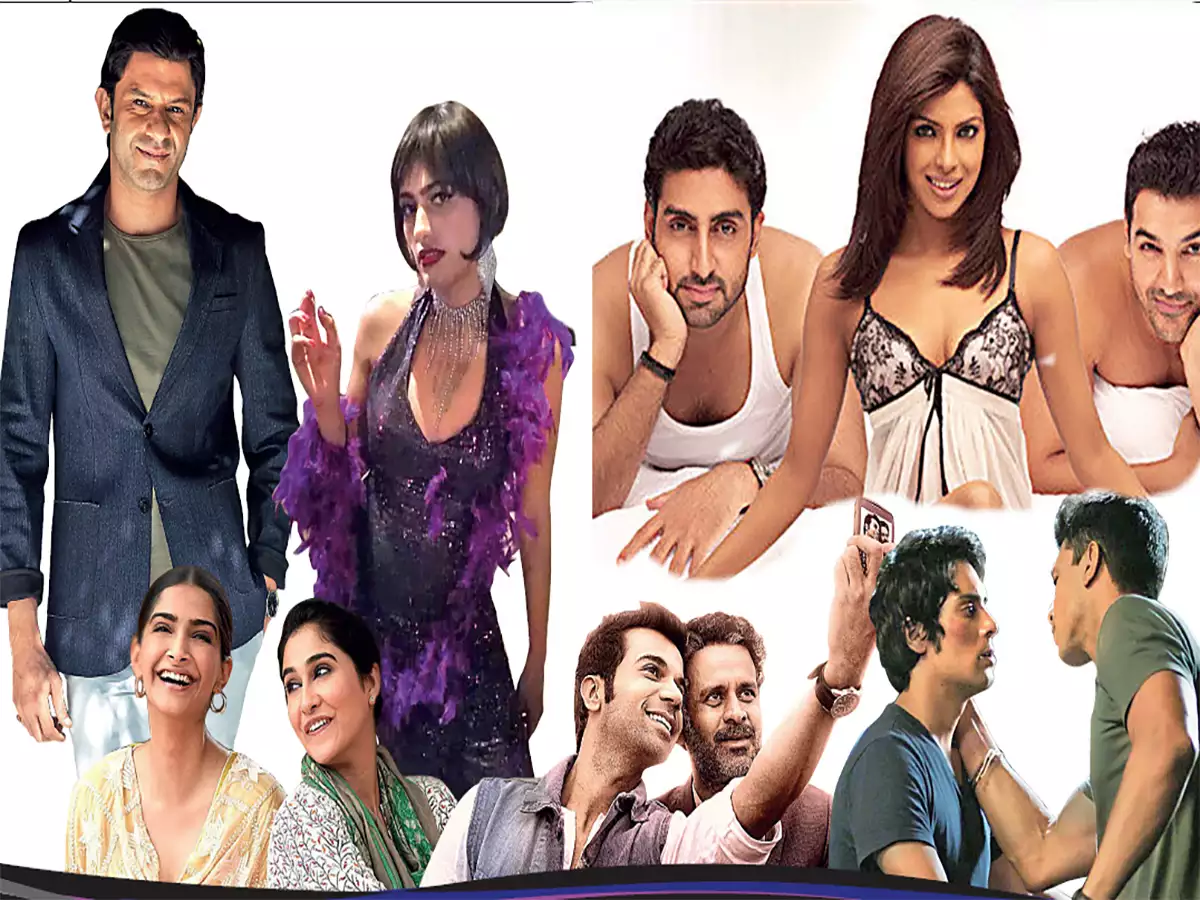The Evolution of Indian Literature Across Languages
Indian literature is a vibrant and diverse tapestry, reflecting the country’s rich cultural heritage and linguistic diversity. Spanning thousands of years, the evolution of Indian literature across various languages has shaped and been shaped by the socio-political, religious, and cultural contexts of different periods. This article delves into the historical journey of Indian literature, highlighting … Read more

